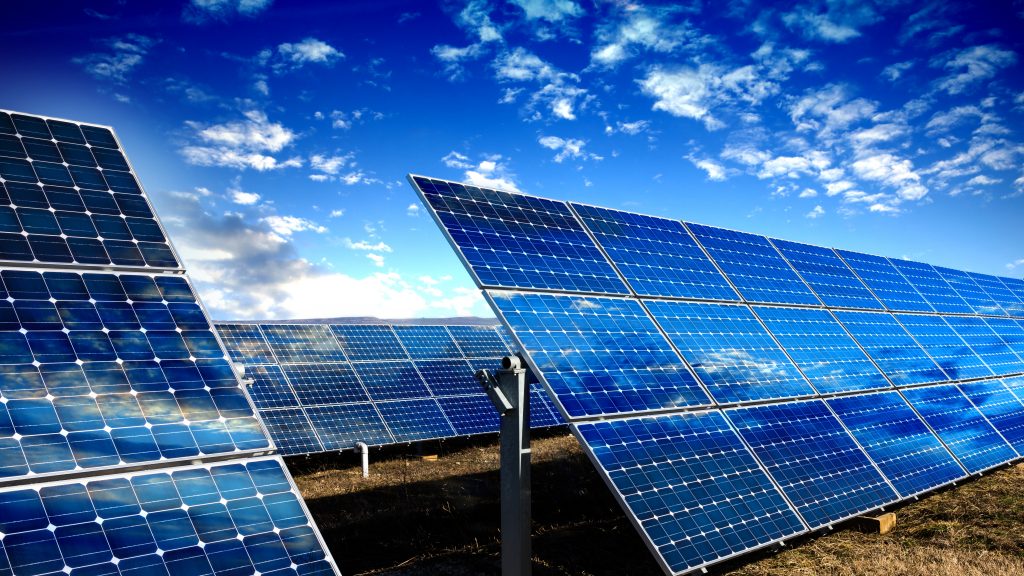Photovoltaic Prognostics
Photovoltaic (PV) System Monitoring Overview

Residential, commercial, and utility-scale photovoltaic (“PV”) solar systems are being rapidly deployed in the United States. With the recent passage of the Inflation Reduction Act, demand for PV systems is only expected to increase. Larger-scale PV systems operate akin to a small power generator. During operation, PV systems and metering infrastructure track production levels. In cases when there is suspected underproduction, it is often difficult to detect, classify, or locate where the fault is.
How PV Prognostics Works
A PV prognosis and health management (“PHM”) system can eliminate long-standing issues associated with detecting performance reduction in PV systems. PV Prognostics excels over existing PV monitoring systems because existing systems are not designed to detect catastrophic failures and do not monitor system degradation over time. PV Prognostics works by using an artificial neural network (“ANN”) to learn in situ the optimal operating conditions of a PV system. The ANN then can predict performance of the PV system. Actual /performance is then compared to the optimal performance and alerts are generated based on pre-set criteria.
Improvements Over Existing PV System Monitoring
PV Prognostics only requires basic system monitoring hardware. Its benefits over other PV PHM systems include: 1) no a priori information of the system components or topology to accurately model the output power needed, 2) the system can monitor the degradation of the system over its lifetime, and 3) the system can prognostically indicate catastrophic failures by monitoring the
degradation rate. Put simply, the PV PHM system compares the measured metrics of interest to a prediction of the metric from an artificial neural network model. When reduced to practice, the PV PHM system was fully “trained” to recognize optimal behavior within two months. Use of this advanced PHM approach can help reduce unscheduled system maintenance, reduce overall down time, and improve overall knowledge and operation of a PV system.
Current Commercial Market
With large-scale PV systems becoming more commonplace and the anticipated increase in construction of these systems as a result of the Inflation Reduction Act, the need for predictive
prognostics on a PV system is great. The PV Prognostics systems has the benefit of only needing a machine learning algorithm and solar data for it to work. These limited setup requirements make this system ideal and accessible to both a small startup company and larger PV companies. Using PV Prognostics yields a PV system that is closely monitored, to help ensure reliability, and meet payback periods and power purchase agreements.
SD 12201
Published12/4/2024
Last Updated12/4/2024